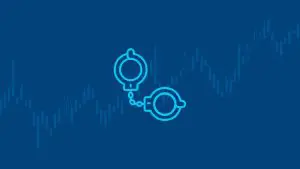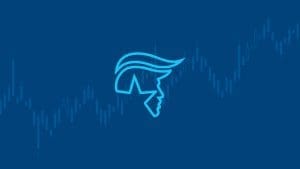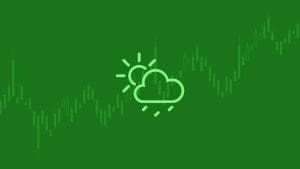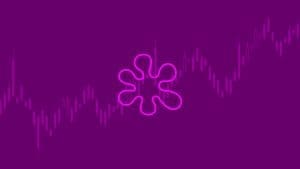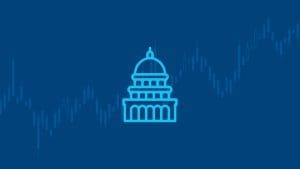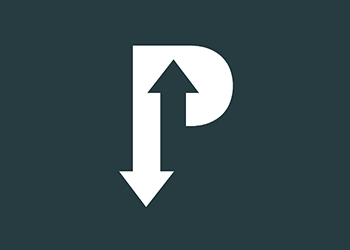On Oct. 29, Kalshi’s presidential election winner market reached $100 million in trading volume. It’s a large milestone that shows election betting’s popularity and also underscores how quickly money is entering the market.
Kalshi launched its presidential election markets on Oct. 4. It took only 19 days for Kalshi to hit $50 million in trading volume on Oct. 22, which it has since doubled.
Trading volume in the presidential election market will increase even faster in the upcoming days. Kalshi could hit $1 billion in trading volume by the time the presidential election is called.
$100M on our presidential election market 🥹🥹 pic.twitter.com/7mawtqnVFF
— Luana Lopes Lara (@luanalopeslara) October 29, 2024
Trading trends
In Polymarket’s VP debate winner market, trading volume increased from $225,000 on the morning of the Oct. 1 debate to almost $822,000 after the debate ended.
On the Monday after the VP debate, trading volume was at $1.7 million, just over twice the end-of-night volume from the debate’s end — keep in mind, the winner would be determined until specific polling was released following the event.
Polymarket’s VP debate was a much smaller market than the presidential debate, but it showed an important pattern. The largest increase in trading volume came from traders who entered the market during the debate. These were live bettors who were watching the event and trading in real time.
The preference for live betting will show in Kalshi’s presidential market on Election Night, too. The biggest question is how large the market will grow on Tuesday and in the days after, especially if the race is close
Kalshi's path to $1 billion
There are a few back-of-napkin calculations to estimate how large Kalshi’s presidential election market may grow. Polymarket’s VP debate volume increased by 3.6 times on the day of the debate and increased by 2.1 times in the six days after the debate.
If Kalshi starts at $100 million, Polymarket’s VP debate pattern would suggest Kalshi could hit $360 million on Election Day and $756 million by the following week if a winner hasn’t been called yet.
In reality, Kalshi’s trading volume will continue growing until the election. To hit $1 billion the week after the election following this pattern, Kalshi could start with $138 million on Election Day, a milestone Kalshi is on track to breeze past.
Of course, these markets have important differences. The outcome of the VP debate winner depended on polling that was not released until nearly a week later, while traders may know the presidential election’s outcome on Tuesday night. More money has already been poured into the presidential election market, which could reduce the amount of growth Kalshi experiences in this market on Election Day.
Kalshi’s presidential market also remains open until Inauguration Day, Jan. 20, 2025, giving traders more time to trade in the market. Kalshi also forecasts a 13% chance that the AP won’t call the election until Nov. 7, while Polymarket shows a 15% chance that the election won’t even be certified on Jan. 6.
Data from PredictIt suggests a far more conservative growth path for Kalshi’s first presidential election cycle.
A smaller but respectable showing
Using data from the 2020 election provided by PredictIt, Prediction News forecasted a scenario where Kalshi sees only 32% more trading volume the week after the election than the day before.
Note: PredictIt records its trading volume as the number of contracts traded instead of the amount of money in the market. We multiplied PredictIt’s trading volume by the contract’s average price to arrive at a trading volume figure reflected in dollars instead of number of contracts.
During the 2020 election, PredictIt’s presidential winner market saw an 8% increase in trading volume from the day before the election to Election Day and a 17% increase from Election Day to the day after the election. Once the presidential election had been called on Nov. 7, four days after Election Day, daily trading volume fell but continued until Dec. 18 when PredictIt’s market closed.
Following PredictIt’s pattern, if Kalshi starts with $100 million the day before the election, it would reach only about $146 million by the week after. That doesn’t match the explosive growth Kalshi has seen leading up to the presidential election.
PredictIt may offer insights into Kalshi’s growth trajectory at maturity, but we need a much more aggressive model to forecast Kalshi’s 2024 presidential market volume.
Election Day (and after) matters
Kalshi has a path to $1 billion after the presidential election. On average, PredictIt saw about 454,000 contracts traded each day from Oct. 1 to Nov. 2, the day before the 2020 election.
On Nov. 3, PredictIt users traded over 720,000 contracts. The day after the election, PredictIt users traded over 1.9 million contracts.
Kalshi’s Election Day will be large, but the day after – including the early hours of Nov. 6 when vote returns are coming in – will be much larger.
Kalshi’s ability to handle a surge of Election Day traffic will also be crucial for maximizing its trading volume.
“A big part depends on the website’s performance,” said Gaeten Dugas, an experienced prediction market trader. “It could crash at inopportune times.”
Prediction markets are well-suited for live trading. Odds move in response to new information in real time, so Election Night will be a chance to leverage one of the platform’s greatest strengths.
Kalshi also has an aggressive marketing strategy that PredictIt doesn’t. Kalshi’s odds are displayed in Times Square, at Madison Square Garden, and have drawn attention from Elon Musk.
$1 billion may be a reach this election cycle, but it’s not impossible given Kalshi’s own growth, volume patterns on other top prediction markets, and Kalshi’s marketing tactics.



